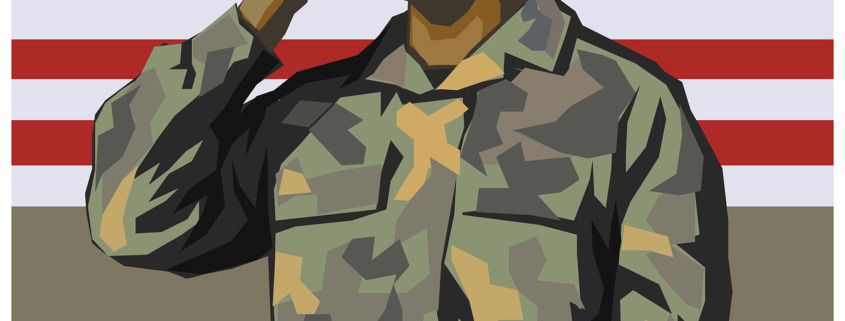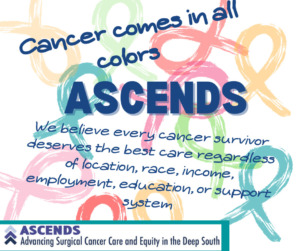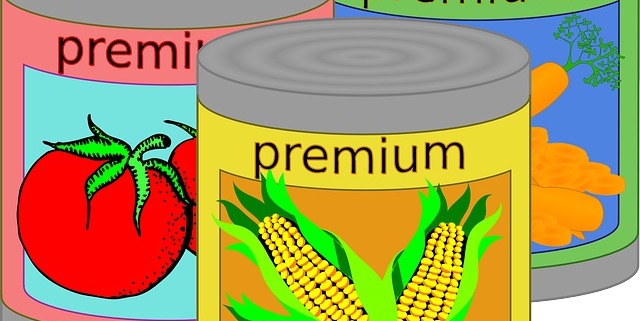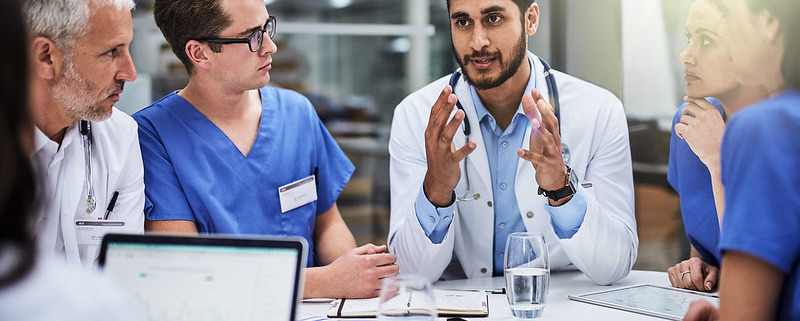By Parker Lynch
The Veterans Health Administration recently conducted a retrospective study of data on veterans who received care between 1999 and 2019. This study included US veterans between the ages of 18 and 49 with diagnoses of iron-deficiency anemia (IDA) and/or hematochezia. When examined for their diagnostic testing completion rate and the time to diagnostic testing, race and gender were found to result in disparities.
Study Outcomes and Findings
For those with IDA, diagnostic test completion was characterized by whether or not these individuals had received bidirectional endoscopies (a procedure that includes both a colonoscopy and an upper endoscopy). For those with hematochezia, diagnostic test completion was defined as either receiving a colonoscopy or sigmoidoscopy (a less-invasive procedure in which the lower part of the large intestine is examined, rather than the entire organ).
Candidates were also evaluated with respect to age, sex, race, ethnicity, and hemoglobin test value.
Out of Among the 59,169 veterans with IDA:
- 37,719 were aged 40 to 49 years
- 28,667 were women
- 24,480 were black
- 4,161 were Hispanic
- The estimated cumulative diagnostic test completion rates were 7% at 60 days and 22% at the end of the two years as per the evaluation period.
Out of the 189,185 veterans with hematochezia:
- 106,730 were aged 40 to 49 years
- 86.5% were men
- 4,4939 were black
- 17,317 were Hispanic
- The estimated cumulative diagnostic test completion rates were 22% at 60 days and 40% at the end of the two years.
The study found very low diagnostic testing among both veterans with IDA as well as those with hematochezia. Additionally, black, Hispanic, and female veterans were less likely to receive testing than their white male counterparts.
This testing is vital to detecting and treating early onset colorectal cancer (CRC), so the low levels are concerning for healthcare professionals and researchers and may have resulted in missed opportunities for early diagnosis of CRC.
Veterans’ Inadequate Health Coverage
This study raises questions around why many veterans aren’t receiving the preventative screenings they need. A 2020 study conducted by Harvard and Public Citizen found that 1.53 million veterans nationwide were uninsured. On top of this, 1 in 12 veterans (approximately 2 million individuals) go without vital physician care annually due to the associated cost.
An estimated 9 million veterans are registered with the Veterans Health Administration, but not all of them are eligible for VA healthcare coverage. This leaves a lot of veterans (many of whom have chronic conditions) unable to receive adequate care, unless they are directly paying out of pocket or have the means to purchase private insurance.
Should veterans have proper health care coverage, there would hopefully be a substantial increase in the amount of diagnostic testing that is completed, and therefore a decrease in the national incidence rate of early onset CRC.
Parker Lynch is a Colorectal Cancer Prevention Intern with the Colon Cancer Foundation.
Image credit: Clker-Free-Vector-Images from Pixabay.













